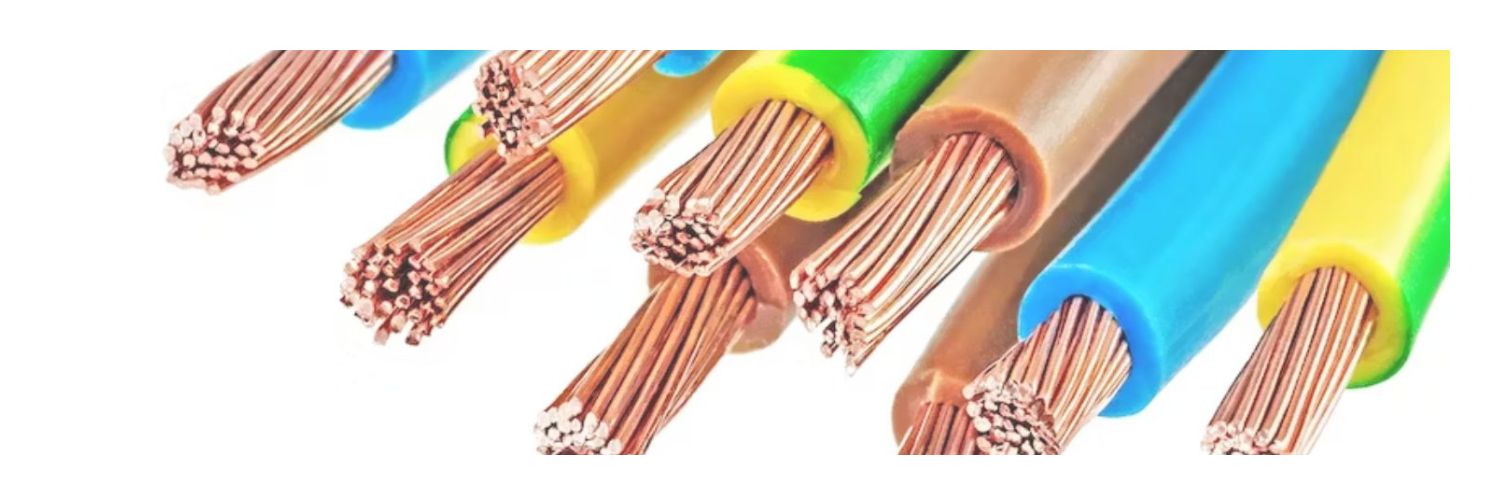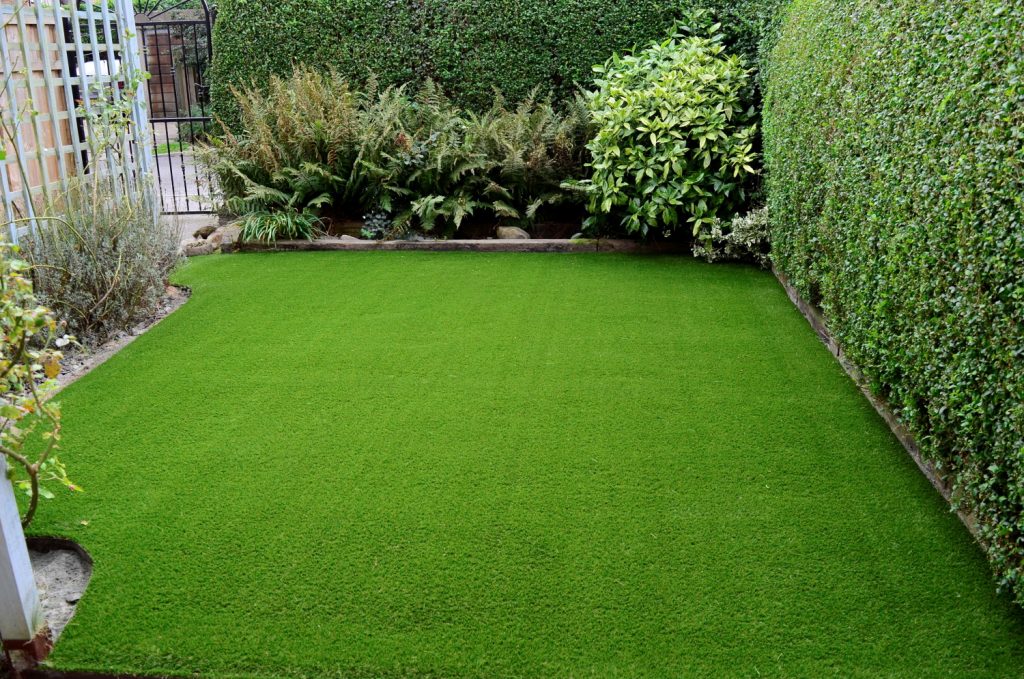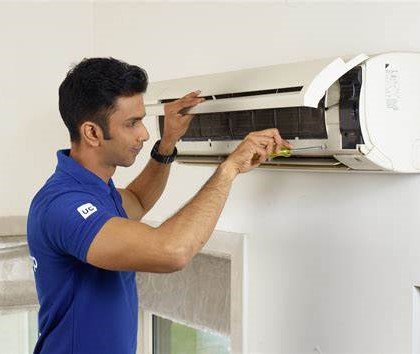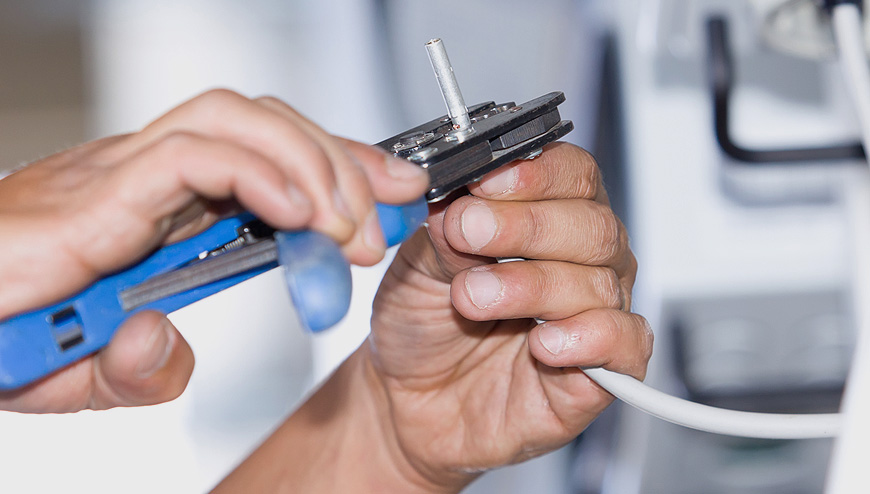In our digitally connected world, where data flows at the speed of light, the backbone of modern telecommunications and data transmission lies within a slender, unassuming conduit – the optical fiber cable. Optical fiber cables, often referred to simply as fiber optics, have revolutionized the way we transmit data, enabling high-speed, reliable, and long-distance communication. In this comprehensive guide, we will delve into the fascinating realm of optical fiber cables, exploring what they are, how they work, and the various types that cater to the diverse needs of our interconnected world.
Understanding Optical Fiber Cables
-
The Science of Light and Data
At the core of optical fiber cables is the use of light to transmit data. These cables are constructed from extremely thin strands of high-quality glass or plastic known as optical fibers. These fibers can transmit data over long distances by guiding beams of light through a process known as total internal reflection.
-
How Optical Fiber Cables Work
The key to the functionality of optical fiber cables lies in the principle of total internal reflection. When light enters the core of the optical fiber at a certain angle, it reflects off the inner surface of the core instead of escaping, thus bouncing down the fiber. This continuous reflection allows data to be transmitted over long distances with minimal signal loss.
-
The Role of Cladding
Optical fibers have a cladding layer that surrounds the core. The cladding has a lower refractive index than the core, which is essential for ensuring that the light remains confined within the core. This distinction between the core and cladding is what makes total internal reflection possible.
Types of Optical Fiber Cables
-
Single-Mode Fiber (SMF)
- Core Size: Around 9/125 microns (micrometers)
- Application: Single-Mode Fiber, as the name suggests, allows only one mode of light to propagate. It’s ideal for long-distance transmission and high-bandwidth applications. This type of fiber offers low signal attenuation, making it suitable for telecommunications and networking applications requiring high data rates.
-
Multimode Fiber (MMF)
- Core Size: Commonly 50/125 or 62.5/125 microns
- Application: Multimode Fiber allows multiple modes of light to travel through it. It is typically used for shorter-distance applications, such as local area networks (LANs) and data centers. Multimode fiber is cost-effective and can support lower bandwidths compared to single-mode fiber.
-
Plastic Optical Fiber (POF)
- Core Material: Plastic
- Application: POF uses plastic cores and cladding, making it more cost-effective and flexible than glass fibers. It is primarily used in short-distance, low-speed applications, such as home networking and some industrial applications.
-
Step-Index Fiber
- Refractive Index: Constant within the core
- Application: In this type of fiber, the refractive index of the core is constant, resulting in a step-like change in the refractive index at the core-cladding interface. Step-index fiber is less common than graded-index fiber and is used in specific applications.
-
Graded-Index Fiber
- Refractive Index: Gradually decreases from the core center outward
- Application: Graded-index fiber has a core with a refractive index that gradually decreases from the center outward. This design reduces modal dispersion and makes it suitable for high-speed data transmission over shorter distances.
-
Tight-Buffered Fiber
- Buffer Type: Thick protective layer around the core
- Application: Tight-buffered fiber has a thick protective layer (buffer) around the glass or plastic core. It is often used in indoor and outdoor applications, as the buffer provides additional protection against environmental factors.
-
Loose-Tube Fiber
- Tube Type: Gel-filled or dry tube housing the fiber
- Application: Loose-tube fiber cables are designed for outdoor use and are made with a gel-filled or dry tube that houses the fiber. The loose-tube design allows the fiber to expand and contract with temperature changes, making it suitable for harsh environmental conditions.
-
Armored Fiber
- Armor Type: Additional metal (usually steel) layer
- Application: Armored fiber cables have an additional layer of metal (usually steel) armor to protect the fiber against physical damage, such as crushing or bending. They are often used in rugged industrial environments or outdoor installations.
-
Aerial Fiber
- Installation: Designed for above-ground installations
- Application: Aerial fiber cables are specifically designed for above-ground installations, often using poles or towers. They are engineered to withstand environmental conditions like wind, rain, and temperature fluctuations.
-
Underwater/Submarine Fiber
- Installation: Underwater, on the ocean floor
- Application: Submarine fiber optic cables are designed to transmit data across the ocean floor. They are reinforced with multiple protective layers to withstand underwater pressure and potential damage from marine life.
Applications of Optical Fiber Cables
-
Long-Distance Data Networking
Optical fiber cables are widely used for long-distance data networking, such as in the internet’s backbone infrastructure. The high bandwidth and low signal attenuation of optical fibers enable data to be transmitted over vast distances without significant loss in data quality or speed. This is essential for connecting data centers, cities, and even countries.
-
Telecommunication Services
Optical fiber cables form the backbone of telecommunication services, providing high-quality voice and data transmission for telephones, television, and internet services. These optical networks support the growing demand for high-definition video streaming, voice over IP (VoIP), and high-speed internet connections.
-
High-Performance Data Centers
Data centers rely on fiber optics for their internal network infrastructure. The low latency and high bandwidth of optical fibers allow data centers to process and transmit massive amounts of data quickly and efficiently, ensuring the smooth operation of cloud services, storage, and other critical applications.
-
Cable Television (CATV)
Fiber optics is used in cable television (CATV) networks to deliver high-definition video and audio content to subscribers. Fiber-optic connections can carry numerous channels and offer exceptional signal quality, enhancing the viewer’s experience.
-
Mobile Networks
Fiber optics plays a significant role in mobile networks, especially in the backhaul and interconnection between cell towers and central switching facilities. These connections ensure the fast and reliable transfer of data for mobile devices.
-
Corporate Networks
Many businesses employ fiber optics in their local area networks (LANs) and wide area networks (WANs). Fiber connections provide high-speed data transfer, low latency, and reliability, supporting critical business operations and communication.
Conclusion
The world of optical fiber cables is vast and diverse, offering a range of options to meet the demands of our data-driven society. Whether it’s high-speed internet, global telecommunications, data centers, or cable television, optical fiber cables are the unsung heroes that power our connected world. With various types and applications, these cables have become the foundation of our modern communication systems, supporting the transmission of data over vast distances with minimal signal loss.







